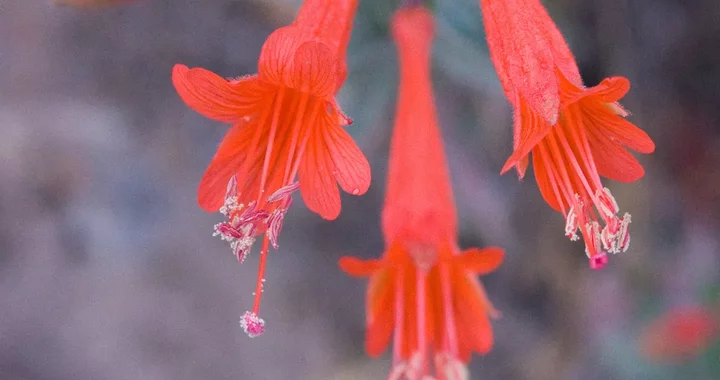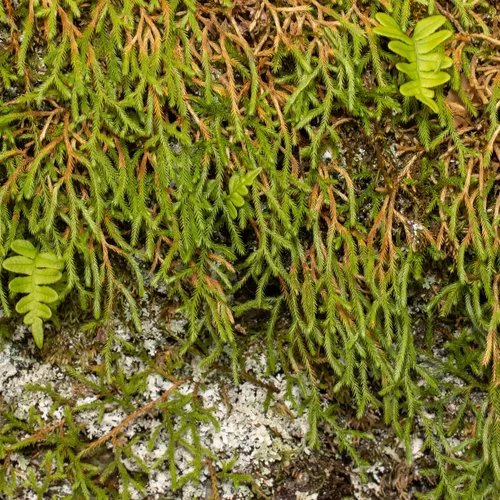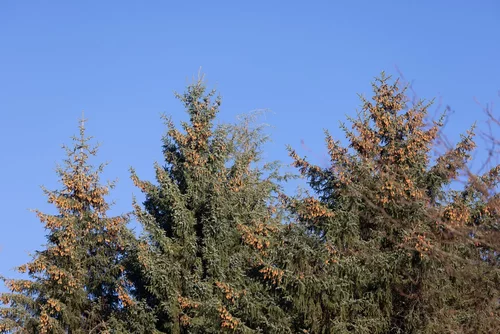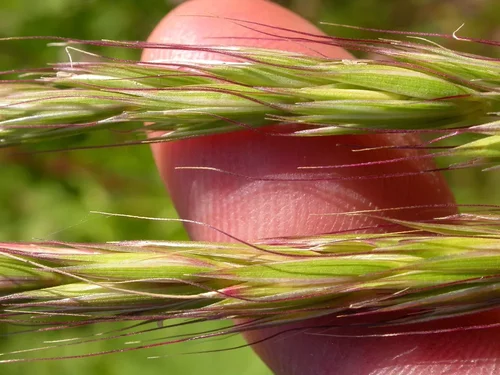Phylum
Tracheophyta (Vascular plants)
Epilobium canum. Photo: (c) Ken-ichi Ueda, some rights reserved (CC BY)
Vascular plants (from Latin vasculum ’duct’), also called tracheophytes (/trəˈkiː.əˌfaɪts/) or collectively Tracheophyta (from Ancient Greek τραχεῖα ἀρτηρία (trakheîa artēría) ’windpipe’, and φυτά (phutá) ’plants’), form a large group of land plants (c. 300,000 accepted known species) that have lignified tissues (the xylem) for conducting water and minerals throughout the plant. They also have a specialized non-lignified tissue (the phloem) to conduct products of photosynthesis. Vascular plants include the clubmosses, horsetails, ferns, gymnosperms (including conifers) and angiosperms…
-
Humboldt Life
-
Kingdom: Plantae (Plants)
- Phylum: Tracheophyta (Vascular plants)
-
Kingdom: Plantae (Plants)






CLICK TO MANAGE